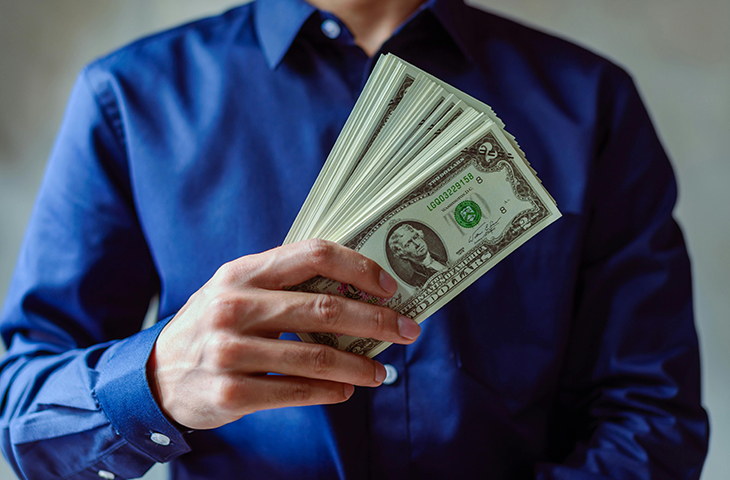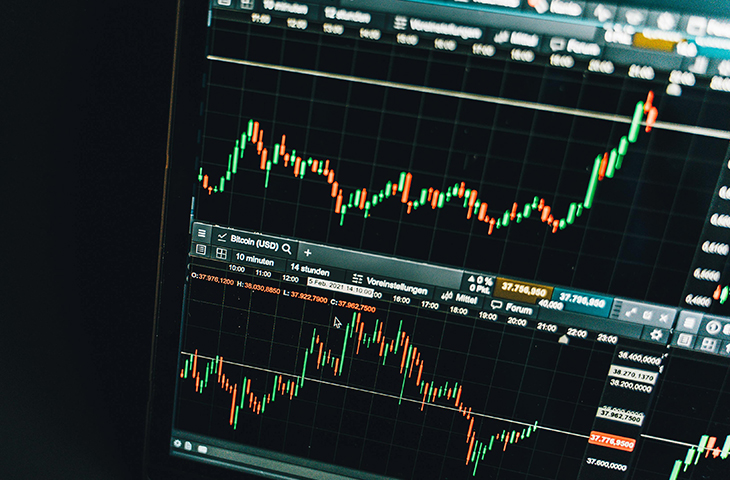1 Index Fund To Buy Before It Soars 184%, According To Certain Wall Street Analysts

Goldman Sachs strategists set their 2025 target for the S&P 500 (SNPINDEX: ^GSPC) at 6,500. That implies about 6% upside in the remaining months of the year from its current level of 6,115, and 11% upside from where the index started in January. But their outlook is quite bleak beyond that point.
Goldman Sachs recently updated its long-term forecast to account for the S&P 500's historically expensive valuation and nearly unprecedented concentration. Strategists expect the index to return 3% annually over the next decade, which is much worse than 13% annually over the past decade.
Start Your Mornings Smarter! Wake up with Breakfast news in your inbox every market day. Sign Up For Free »
However, they also proposed a solution: Investors can sidestep the concentration problem by purchasing an equal-weight S&P 500 index fund like the Invesco S&P 500 Equal Weight ETF (NYSEMKT: RSP). Goldman Sachs thinks an equal-weight fund could outperform the S&P 500 by as much as 8 percentage points annually, implying a total return of 184% in the next decade.
Here's what investors should know.
The Invesco S&P 500 Equal Weight ETF eliminates concentration risk
The traditional S&P 500 is weighted by market capitalization. That means more valuable companies impact its performance to a greater degree than less valuable companies. As an example, the "Magnificent Seven" stocks account for more than one-third of the S&P 500 by weighted exposure. That means ups and downs in the index are heavily influenced by those seven companies.
The Invesco S&P 500 Equal Weight ETF tracks the same 500 companies as a traditional S&P 500 index fund, but the equal-weight fund (as the name implies) puts equal emphasis on every stock. Put differently, no company influences the performance of the index fund more than any other company.
The Invesco S&P 500 Equal Weight ETF has an expense ratio of 0.2%, meaning the annual fee will total $2 on every $1,000 invested in the fund.
What investors should know about Goldman's long-term outlook
As mentioned, Goldman Sachs strategists expect the S&P 500 to return 3% annually during the next decade. That gloomy outlook is based on the index's historically high valuation and concentration:
- The S&P 500 trades at a cyclically adjusted price-to-earnings (CAPE) ratio of 38. That valuation is in the 97th percentile since 1930, meaning the index has only been more expensive 3% of the time in the last century.
- The 10 largest S&P 500 companies account for nearly 40% of its weighted exposure. That means the index is more concentrated today than it has been in the last 100 years.
Goldman strategists wrote, "Although elevated market concentration is not a sign of near-term downside risk, high concentration is associated with lower returns over longer horizons." That's because it is difficult for any company to maintain high earnings growth over long periods. So the largest S&P 500 companies are bound to see growth slow eventually, and that will be reflected in their stock prices.
Overall, Goldman makes a compelling argument for owning an equal-weight S&P 500 index fund. However, investors should bear in mind a few potential problems with the investment bank's long-term forecast:
- Artificial intelligence (AI) could increase productivity more than any technology in the past century, which could allow larger companies to sustain higher earnings growth than Goldman anticipates.
- The composition of the S&P 500 changes frequently. More than one-third of the stocks in the index are replaced during the average decade, which makes it difficult to model its performance over long periods.
Consequently, Goldman's forecast may prove incorrect. Indeed, the investment bank predicted in 2012 that the S&P 500 would return 8% annually in the next decade, with a possible bear case of 4% annually and a bull case of 12% annually. But the index actually returned more than 13% annually during that decade, topping Goldman's most optimistic forecast.
Passive investors should consider buying shares of the Invesco S&P 500 Equal Weight ETF as a means of hedging against the historically high concentration in the S&P 500. But owning such an index fund is essentially betting the Magnificent Seven stocks will underperform. I am not convinced that will happen. So, I would personally keep a larger portion of my portfolio in a traditional S&P 500 index fund and individual stocks.
Should you invest $1,000 in Invesco S&P 500 Equal Weight ETF right now?
Before you buy stock in Invesco S&P 500 Equal Weight ETF, consider this:
The Motley Fool Stock Advisor analyst team just identified what they believe are the 10 best stocks for investors to buy now… and Invesco S&P 500 Equal Weight ETF wasn’t one of them. The 10 stocks that made the cut could produce monster returns in the coming years.
Consider when Nvidia made this list on April 15, 2005... if you invested $1,000 at the time of our recommendation, you’d have $763,921!*
Stock Advisor provides investors with an easy-to-follow blueprint for success, including guidance on building a portfolio, regular updates from analysts, and two new stock picks each month. The Stock Advisor service has more than quadrupled the return of S&P 500 since 2002*.
*Stock Advisor returns as of January 27, 2025
Trevor Jennewine has no position in any of the stocks mentioned. The Motley Fool has positions in and recommends Goldman Sachs Group. The Motley Fool has a disclosure policy.


